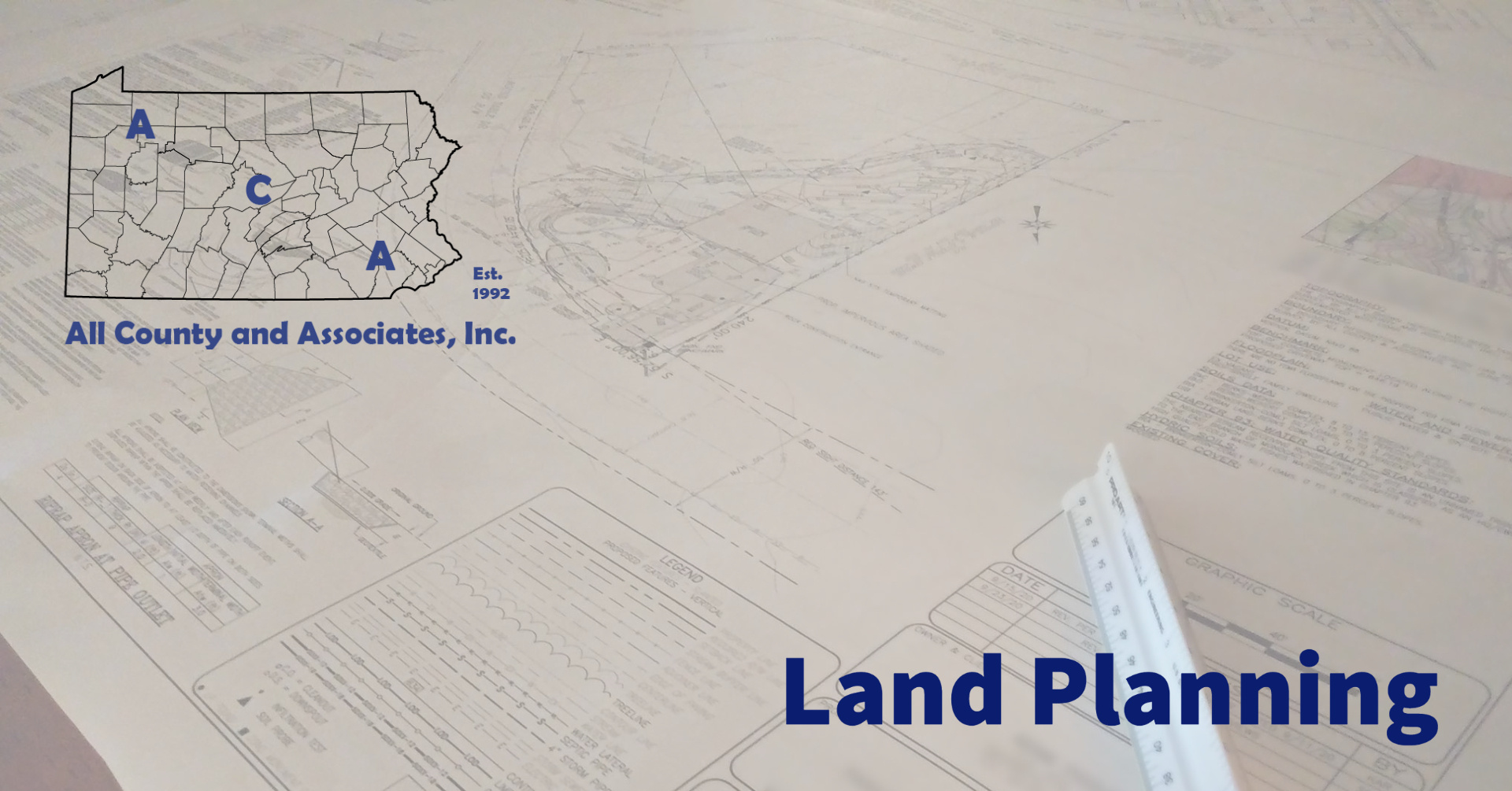
Accessory dwelling units (ADUs) are becoming more common. One main reason is that many families find them a great way to provide care for aging family members. Other’s use them for extra square footage, or rent them out for a little extra income. But there are a few zoning and sewage implications of these structures.
Defining Accessory Dwellings
Ordinances in Pennsylvania vary from county to county and municipality to municipality. That said, the accessory dwelling definition is pretty standard. An accessory dwelling is a dwelling whose use is secondary to that of the principal dwelling or building on the same lot. Also, the dwelling definition notes that it contains housekeeping, sleeping and lavatory facilities.
The definition of a dwelling appears to be a pretty broad statement. So, what are the criteria that qualify a structure as an accessory dwelling. First, remember that use is a key consideration. If you have a pool house and it has a fridge, sink, toilet and shower, that does not mean it is a dwelling. That said, if it appears to be able to sustain residency, it will spark questions.
In honesty, sleeping quarters are a key criterion. The problem is that there is no perfect definition of a bedroom. The real estate agent folklore was a room with a closet. That is not true. But one place to turn is the International Residential Code. This code contains many criteria throughout its different sections. First, the room must be at least seventy square feet and have seven-foot ceilings. Secondly, it must have access from a hallway or communal space. Next, it must have two forms of egress. This includes the primary access. Finally, comes the space must have at least one window, two electric outlets and a source of heat.
Zoning for Accessory Dwelling
So, now that we have these definitions, what does this mean?
The first step is a clear review of the township’s definitions. From there, it is important to ensure the structure clearly meets or does not meet the definition. This starts with ensuring if it is an accessory structure or an accessory dwelling. It is also important to understand the relationship between a primary and accessory dwelling. This will have implications on size, setback and other regulations.
Next, is ensuring it does not conflict with size and setback regulations. Most zoning ordinances limit the size of an accessory dwelling. This will limit both the footprint and height of the structure. Besides the size, the structure will need to meet any setback requirements. Some municipalities will have limits on front, side, or rear yard encroachment. While others may limit the distance from the primary structure.
Then, comes any off-street parking. As an accessory dwelling, it will need more off-street parking spots. Most municipalities require a minimum two spots per dwelling unit. This means two parking spots for the primary and two for the accessory. Finally, they will count towards any limitations on building coverage and impervious coverage.
It is always important to consult your specific township’s zoning ordinances for any details or specific criteria.
Accessory Dwelling Sewage Implications
The ability to have an accessory dwelling may hinge on your sewage system. This is especially true for properties using an on-site sewage disposal (septic) system. In Pennsylvania, the size of these systems comes from the number of bedrooms. So, a three-bedroom house requires a septic system for 400 gallons per day. If you add a fourth bedroom, that rises to 500 gallons per day. This results in a potentially larger septic tank, dosing tank and a large drain field.
The implications of an accessory dwelling are bigger. In that case each dwelling is a separate unit. So, the sewage design combines both units’ flow rate. As an example, a three-bedroom primary dwelling with a one-bedroom accessory dwelling has a total flow of 800 gallons per day. Yes, that is 160% more than a four-bedroom single-family dwelling.
Who is ACA?
Started in 1992 and located in Chester County, PA ACA has grown to become a full-service civil engineering firm. Today, we merge professional services with practical knowledge for residential and commercial projects. No matter the scale, from installing a fence, to building a structure or developing land, you need permits. Because the approval process includes many permits and agencies, it can be a headache. Working with ACA’s full-service team saves you time, money, and headaches. Every step of the way, we are here to support you and educate you about the process. Here are some of the basic services we provide:
Construction Management | Civil Engineering | Environmental Permitting | Septic System Testing and Design | Land Surveying | Wetland Delineations and Mitigation
Please feel free to browse our website or if working on a project or need help, contact us at (610) 469-3830.


